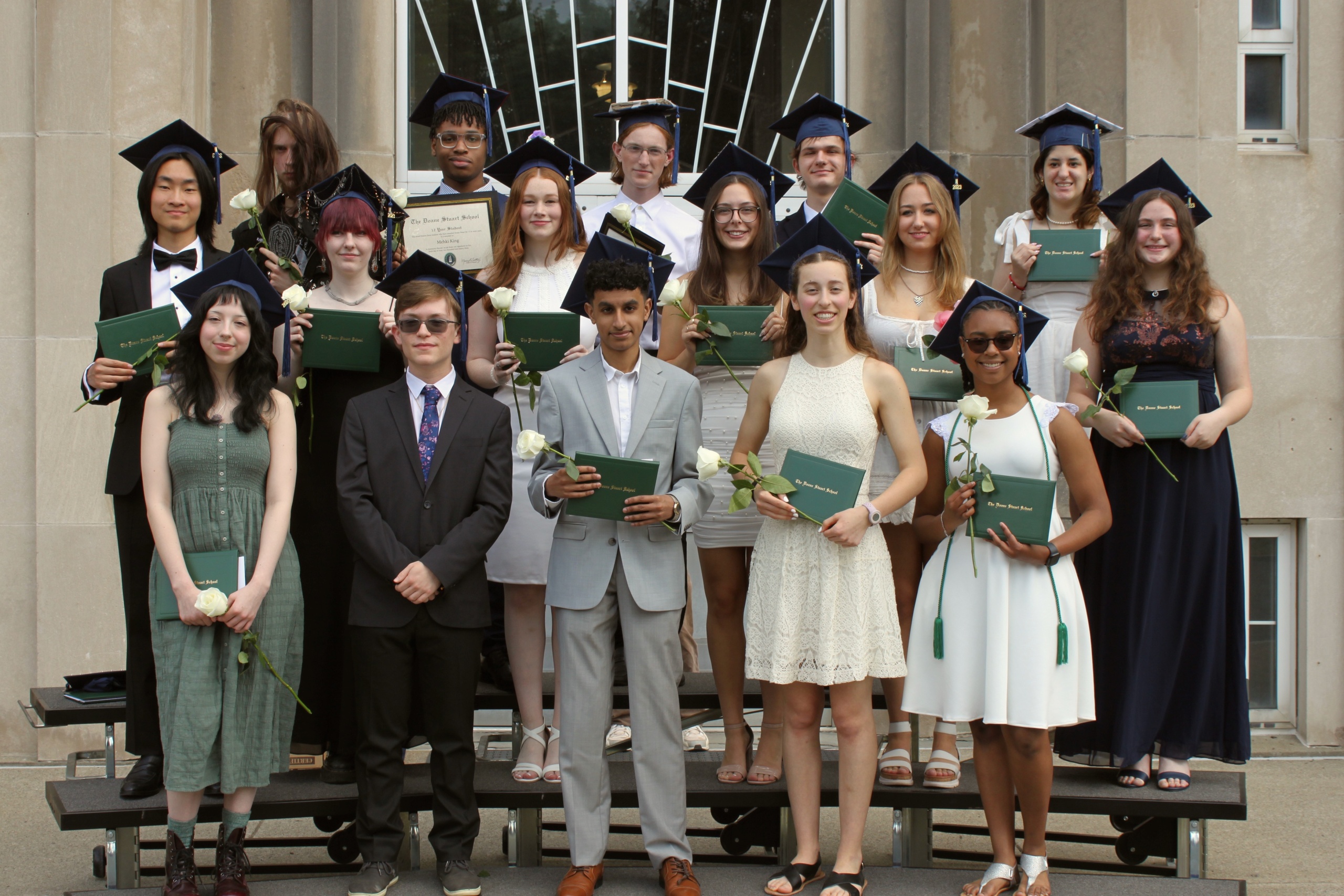

History
HISTORY/HUMANITIES 9: FOUNDATIONS OF WORLD CIVILIZATIONS
This survey course examines the journey from early civilizations to the fifteenth century. Students explore the geographic, social, religious, political, economic and cultural elements of early civilizations, vast empires and emerging countries. The course emphasizes the acquisition and development of verbal and written expression, as well as study skills and reading comprehension. Full year course – 1 ½ credits (1 credit History; ½ credit Religion).
HISTORY 10: WORLD CIVILIZATION: THE RENAISSANCE AND BEYOND
World History 10 is a survey course designed to give students a general understanding of the major social, political, military, economic and cultural events of the last 500 years. The course begins with the Italian Renaissance and ends with recent (circa 1990) Asian, African and European history. The course is taught in conjunction with World Literature 10.
Students continue their learning and use of critical analysis to link together the factual, literary and philosophic components of historical understanding. Students are assigned research projects (both written and oral) to present to the class. This allows students to share information and ideas. Since history does not exist in the vacuum of the past, weekly assignments are based on events taking place in the world today. Full year course – 1 credit.
HISTORY 11: AMERICAN STUDIES
In this seminar class, an interdisciplinary approach to American history is presented through an evaluation of the past, using many primary sources, from both an historical and literary point of view. Special emphasis is given to bridging the gap between political mythology and American history through the study of interpretive readings and documentary evidence.
Full year course – 1 credit.
AMERICAN GOVERNMENT (Grade 12)
This study of the evolution of local, state and federal governments places a strong emphasis on political processes.
Semester course – ½ credit.
· ECONOMICS (Grades 11 – 12)
Students explore national income and price determination, economic growth and international economics, with the focus on problems inherent in the growth of aggregate supply and demand. Semester course – ½ credit.
INTERNATIONAL STUDIES (Grades 11 – 12)
The International Studies sequence is conducted in two consecutive semesters, which are independent of one another. Each seeks to delve into the intricacies of disparate cultures, providing an in-depth and nuanced appraisal of every culture studied. The areas of emphasis are social, cultural, economic, religious and political. The peoples studied vary by semester, with students helping to determine the focus of interest at the end of the semester. Every student is expected to produce a piece of work (artistic, poetic, linguistic, or academic) representative of one of the cultures studied. Full year course – 1 credit (may be used for History or Religion credit).
THE AMERICAN CIVIL WAR (Grades 11 – 12)
This course examines the nature of the American Civil War, utilizing readings, discussion, papers and other methods to view the conflict. We consider the causes of the war, why people on both sides of the conflict fought, various military campaigns, the social and political nature of the conflict and economic issues in the war, as well as the results of the war, including Reconstruction.
Semester course – ½ credit.
WOMEN’S HISTORY (Grades 11 – 12)
This course examines the history of women in the United States. Topics covered include the social construction of gender, labor, politics, reform, activism, religion and more. Semester course – ½ credit.
ART HISTORY: IDEA AND IMAGE (GRADES 11 – 12)
An introduction to the history of art. Students focus their studies on the interplay of idea and image throughout the history of art, and on the intersection of art, history, religion, politics and culture in the creation and interpretation of works of art, using a variety of sources, including the collection of the Albany Institute of History and Art, as a foundation for their work. Full year course – 1 credit.
- ART HISTORY: CAVES TO CAMERAS – THE PORTRAIT IN ART (GRADES 11 – 12) From cave paintings to performance art to selfies, we look at the variety and meaning of portraits throughout art history. Texts will include Portraits and Persons, by Cynthia Freeland. Semester course – ½
ART HISTORY: ART AND RELIGION (GRADES 11 – 12)
Ritual, magic, transcendence, power . . . In this course, we look closely at the role of religion in art and the role of art in religions of the world throughout the history of art. Semester course – ½ credit (may be used for History or Religion credit).
INDEPENDENT STUDY
For motivated students who wish to pursue a special topic. Open to juniors and seniors, and to qualified sophomores, with permission of instructor and Associate Head of School. Credit will vary.
